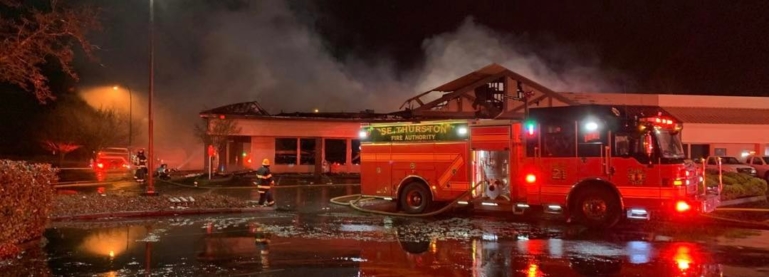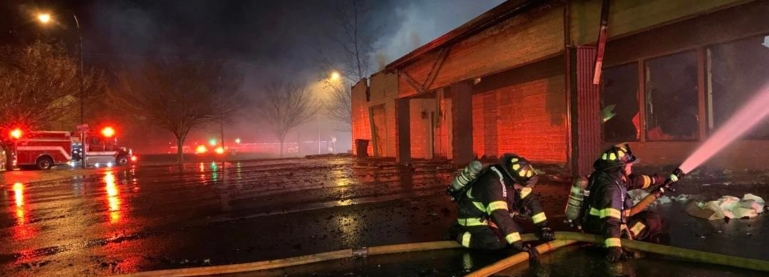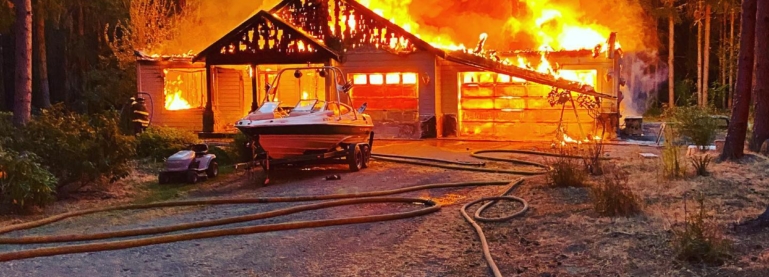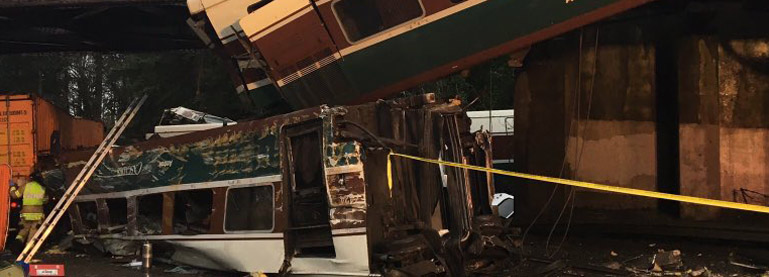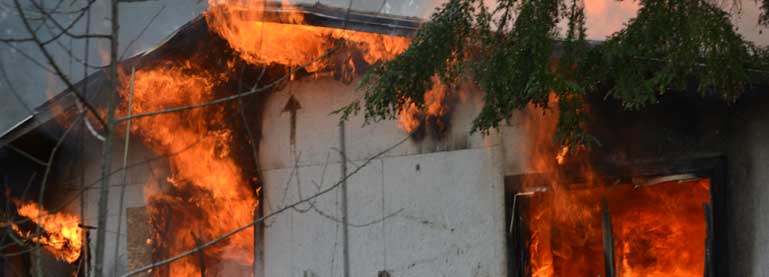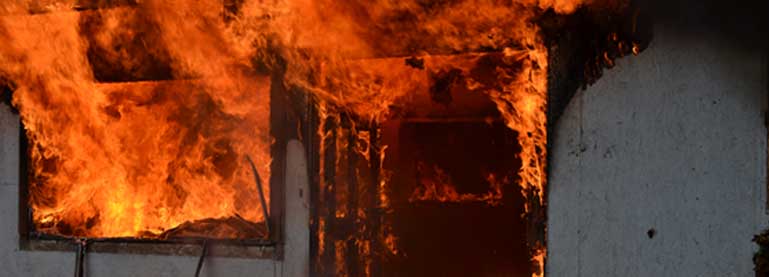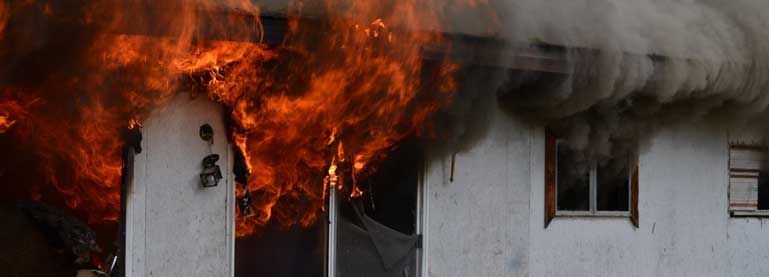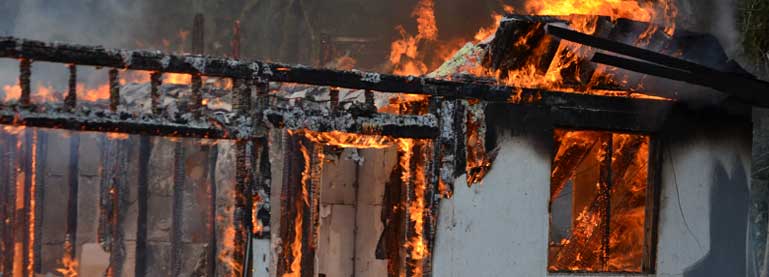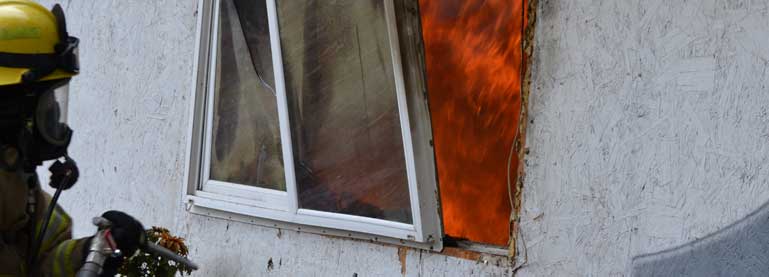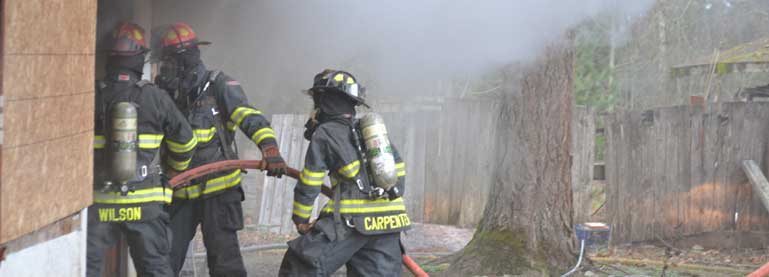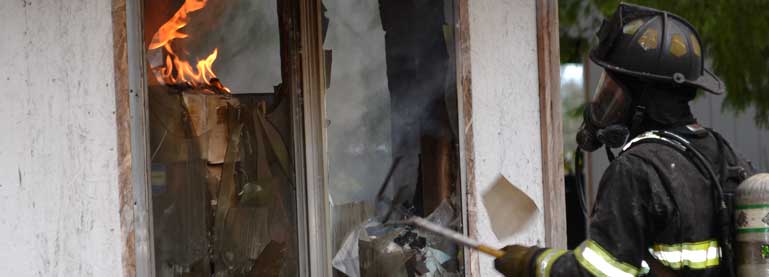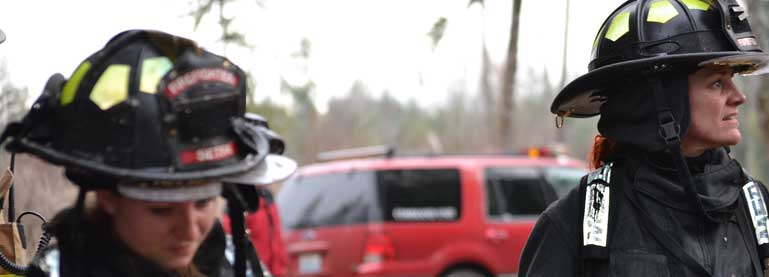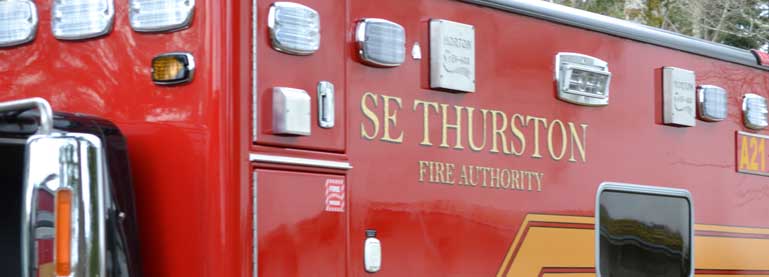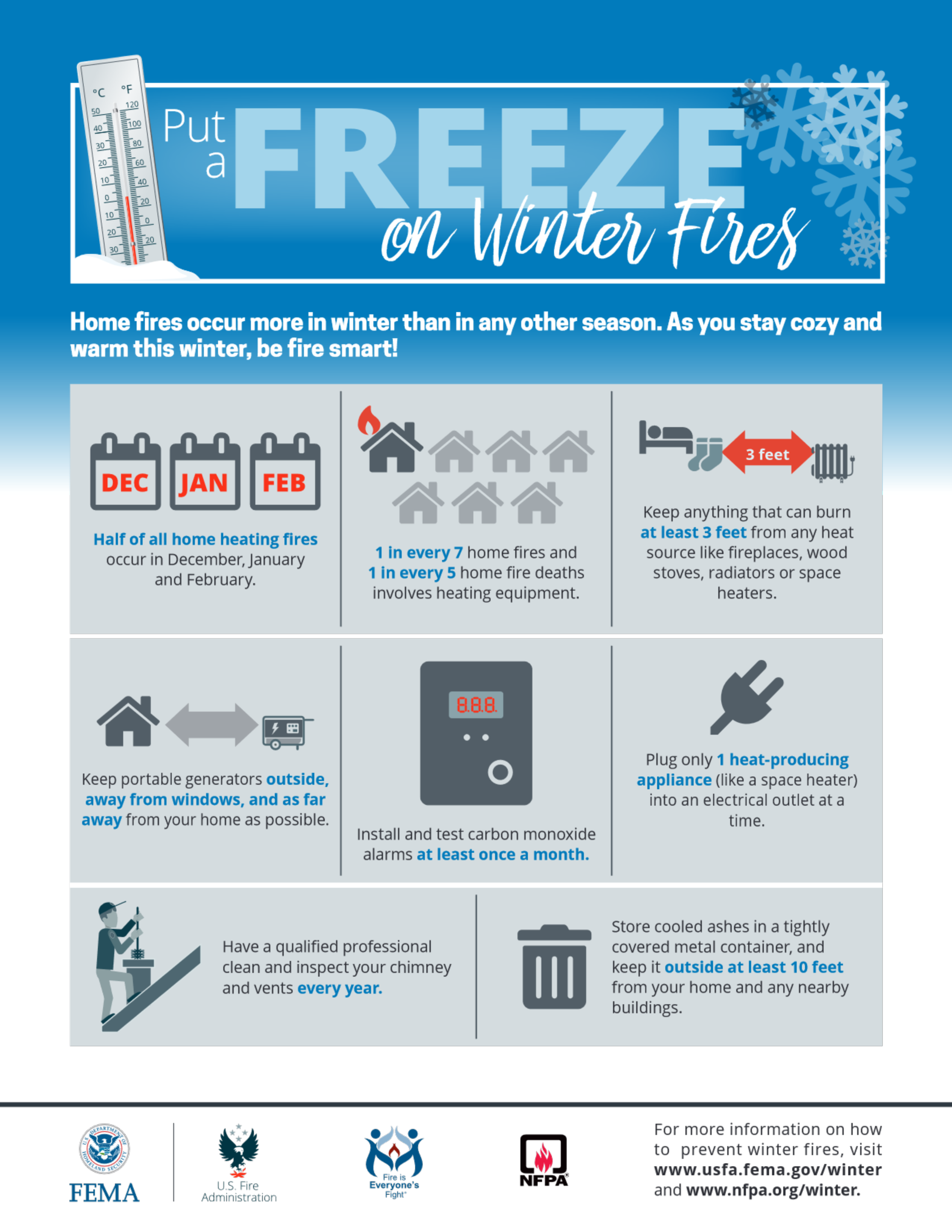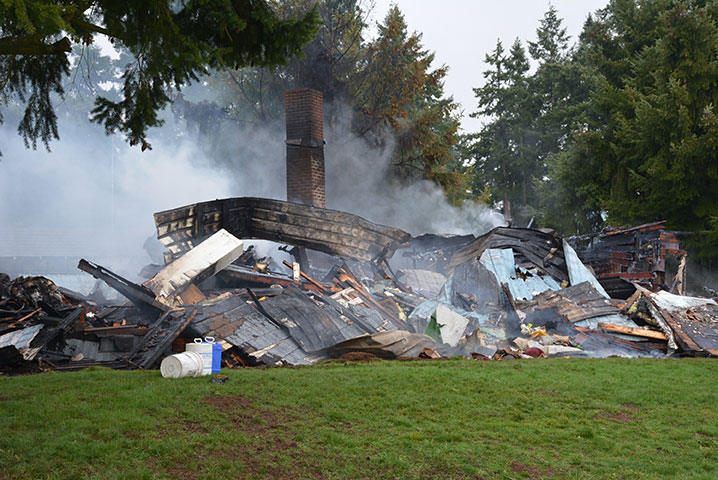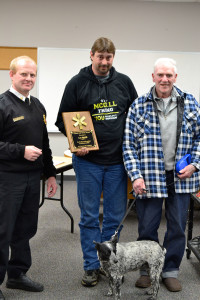In this digital age, we tend to see hundreds, if not thousands of pages, articles, and graphics showing fire statistics, niche ways to prevent fires, and highly detailed emergency plans. There is no such thing as too much good information, but sometimes it helps to just return to the basics and make sure the public is still learning the essentials when it comes to preventing fires in the home. Here are 5 easy steps you can take at home to help reduce your risk of fire!
1. Keep open flames isolated and protected.
Whether it be a candle, gas stove, or fireplace, always make sure there is nothing flammable near an open flame and that nothing flammable can accidentally fall into or on the flame source. Candles should be kept far from the edges of tables and counters, and ideally in a holder with a heavy base to prevent tipping over. Fireplaces should have a metal screen in front of them to catch embers, and wood burning stoves should never be left with the door open. Gas stoves may be less common nowadays, but that means fewer people know how to safely operate them, so always make sure to inform anyone who may be using your gas stove of the safe methods of operation, such as to move all flammable items away from the stove during operation, never set a flammable object on the stove (even if it’s turned off), and always have smoke and carbon monoxide detectors in your kitchen.
2. Never leave an open flame unattended.
It’s the rule of the universe that the second you become comfortable leaving something alone, that’s when the worst can happen. When it comes to open flames, especially fireplaces or wood burning stoves, leaving them unattended can be catastrophic. You should never leave an active fire in your home for any amount of time, as simply driving to the store at the end of the street could be enough time for disaster to strike. Rogue embers, sudden flare ups, or even a cat knocking something over into the fireplace can become disastrous remarkably fast, so always either put your fires out before leaving or have someone stay and keep an eye on them.
3. Test your smoke and carbon monoxide detectors regularly.
It takes very little time to go around your house once a month or so and test all of your smoke detectors. Most of them have a test button now, or an easy way to test them and make sure they will sound off if anything is detected. It may seem tedious and unimportant, but when you’re asleep or in another room, or if carbon monoxide is present, a functioning detector can not only be the difference between stopping a fire, but also saving your life.
4. Keep an adequate and non-expired fire extinguisher in your home.
Fire extinguishers can be what keeps a small fire flare up from turning into an entire house fire. Whether you have a fireplace, space heaters, or even if you have no sources of open flame in your house, you should always keep at least one fire extinguisher in a safe and easy to reach location. The type of fire extinguisher you get is important, too, as there are several different types for several different fires. Most fire extinguishers for home use will cover the majority of fire causes, but always make sure you have a fire extinguisher rated for kitchen use near your cook surfaces to be safe. Also, make sure your extinguisher isn’t expired. It may seem odd that a fire extinguisher can “expire”, but it’s true, and you don’t want to risk having a faulty extinguisher when you really need one.
5. Have an emergency plan, and always prioritize your life over your belongings.
Nobody wants to watch their belongings or home burn, but it’s never worth risking your life to save them. If a fire does start and it can’t be easily contained, don’t put your life on the line for it. Build an emergency escape plan with your family, do a couple test drills each year, and ensure that everybody knows that a house fire is an incredibly dangerous hazard that shouldn’t be taken lightly. If you do ever experience a fire in your home, call 911 immediately and evacuate. Your escape plan should include getting everyone possible outside safely, then prioritize pets. Whatever you do, do not enter a burning building to try and save personal belongings.

